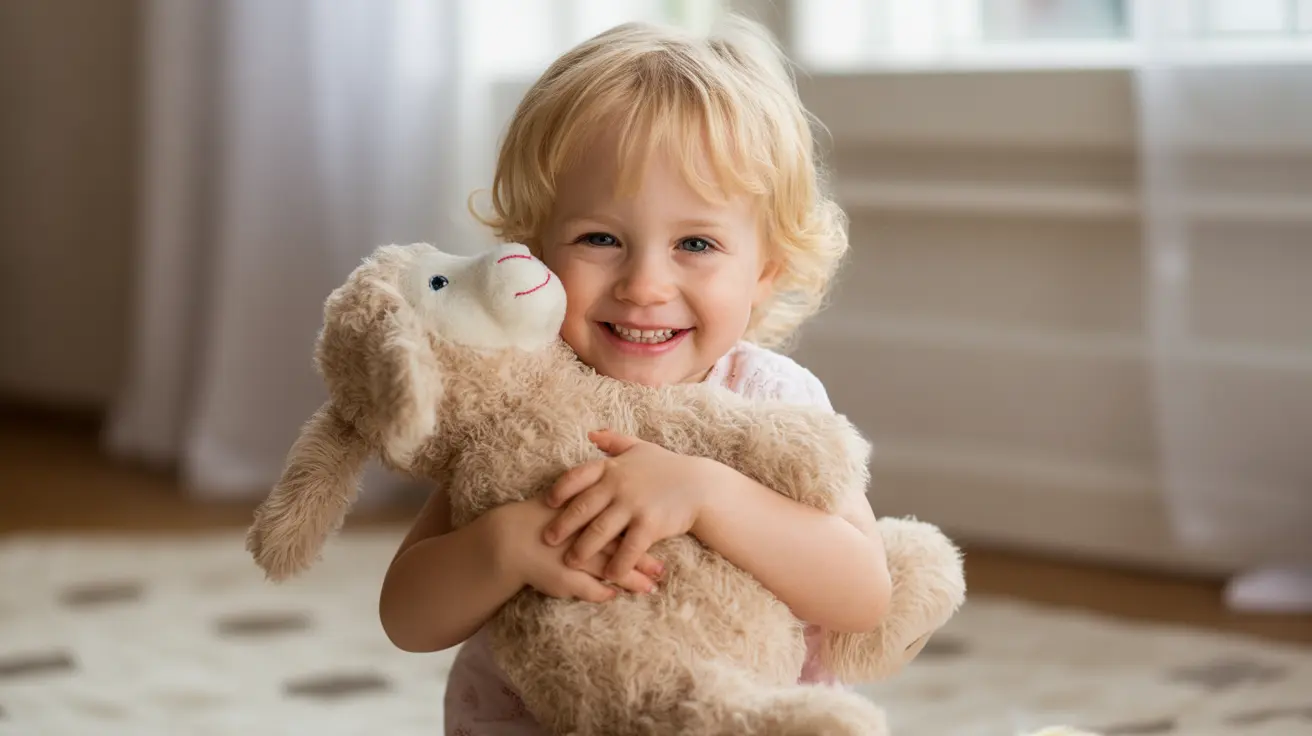Understanding When Your Dog Is Too Clingy
Dogs are naturally social animals that thrive on companionship, contact, and attention. However, there is a line between a healthy companionable dog and one that exhibits signs of excessive clinginess, which can be a sign of separation anxiety, behavioral concerns, or unresolved emotional needs.
Why Dogs Crave Closeness
Dogs have evolved alongside humans and are hardwired to seek affection and bonding through physical contact. Petting your dog releases oxytocin — the ‘love hormone’ — in both you and your pet, strengthening your emotional connection. They may use leaning in, nudging, or following you closely as attempts at seeking more interaction or security.
Signs Your Dog May Be Too Clingy
- Constantly follows you from room to room, even to the bathroom
- Displays anxiety or destructive behavior when you're out of sight
- Frequently demands attention through vocalization, pawing, or nudging
- Struggles to relax alone, even when provided with toys or a comfortable space
- Interrupts or cannot cope with others receiving your attention
Understanding Healthy Affection vs. Clinginess
Most dogs enjoy being petted and seek some physical contact regularly. Healthy behaviors might include welcoming petting in favorite spots like the chest, shoulders, or behind the ears, and showing relaxed body language while lying nearby. Unhealthy clinginess occurs when the dog becomes emotionally dependent on your constant presence or shows signs of anxiety without physical contact.
How Petting Influences Bonding and Behavior
- Lowers stress by reducing cortisol levels in both dogs and humans
- Builds trust and helps animals feel safe and emotionally supported
- Reinforces social hierarchy and positive behavior
- Offers sensory enjoyment, particularly in sensitive areas like the ears, chest, or base of the tail
When Clinginess Becomes a Problem
If your dog becomes distressed during separation, is unable to engage in solo play, or starts displaying destructive behaviors when left alone, these are indicators that their clinginess may be disrupting their emotional balance.
Additionally, if your dog resists all attempts to be left alone, even for short periods, or interrupts your daily life continuously despite receiving attention, training, and exercise, it may be helpful to reevaluate how to promote independence.
Encouraging Independence While Maintaining Bond
- Gradually increase alone time to help the dog learn comfort in solitude
- Use positive reinforcement to reward independent behavior
- Create a safe, comfortable rest area for solo relaxation
- Encourage chewing or puzzle toys that provide engagement without constant interaction
- Seek professional support if signs of separation anxiety persist
What to Avoid
While petting and touch can calm most dogs, overuse can reinforce dependency when used as a response to every anxious signal. Avoid:
- Petting as a reflexive response to whining or clinginess
- Allowing your dog to follow you 100% of the time without engaging in other activities
- Ignoring signs that your dog is overstimulated or reactive from constant interaction
Recognizing and Respecting Boundaries
Every dog has its preferences. Respect your dog’s individuality and comfort zones. Some dogs may not appreciate touch in sensitive areas like paws, tail, or face, and may show signs of stress or overstimulation when affection is constant or invasive.
Conclusion
Dogs benefit from balanced interaction and regular affection through petting. However, excessive clinginess may disrupt their emotional health and your routine. It’s important to foster a strong, loving relationship built on trust, boundaries, and sufficient space to feel secure when alone. By reading their body language, encouraging autonomy, and providing consistent but measured affection, you support your dog’s well-being and reduce unhealthy attachment behaviors.





